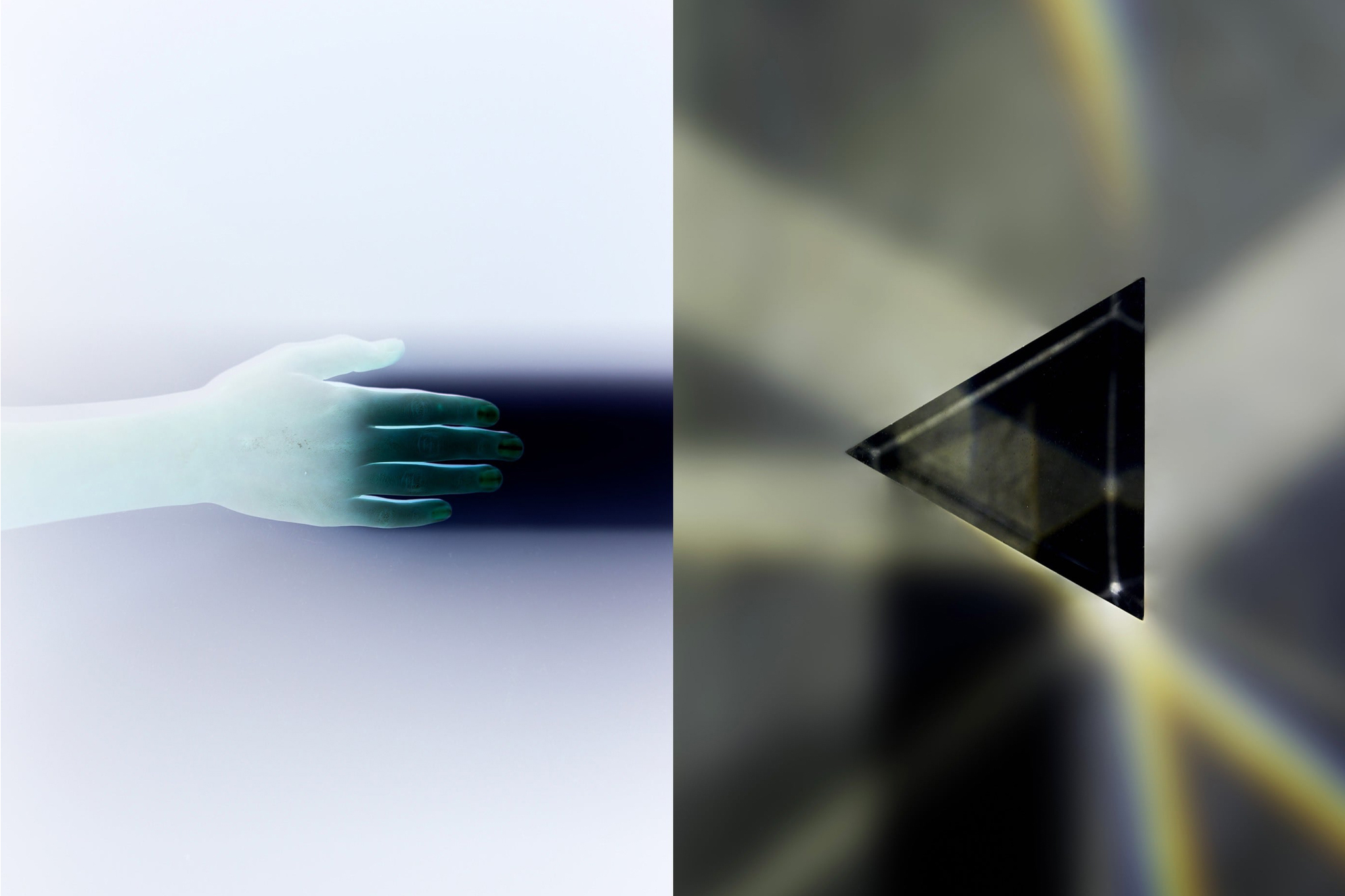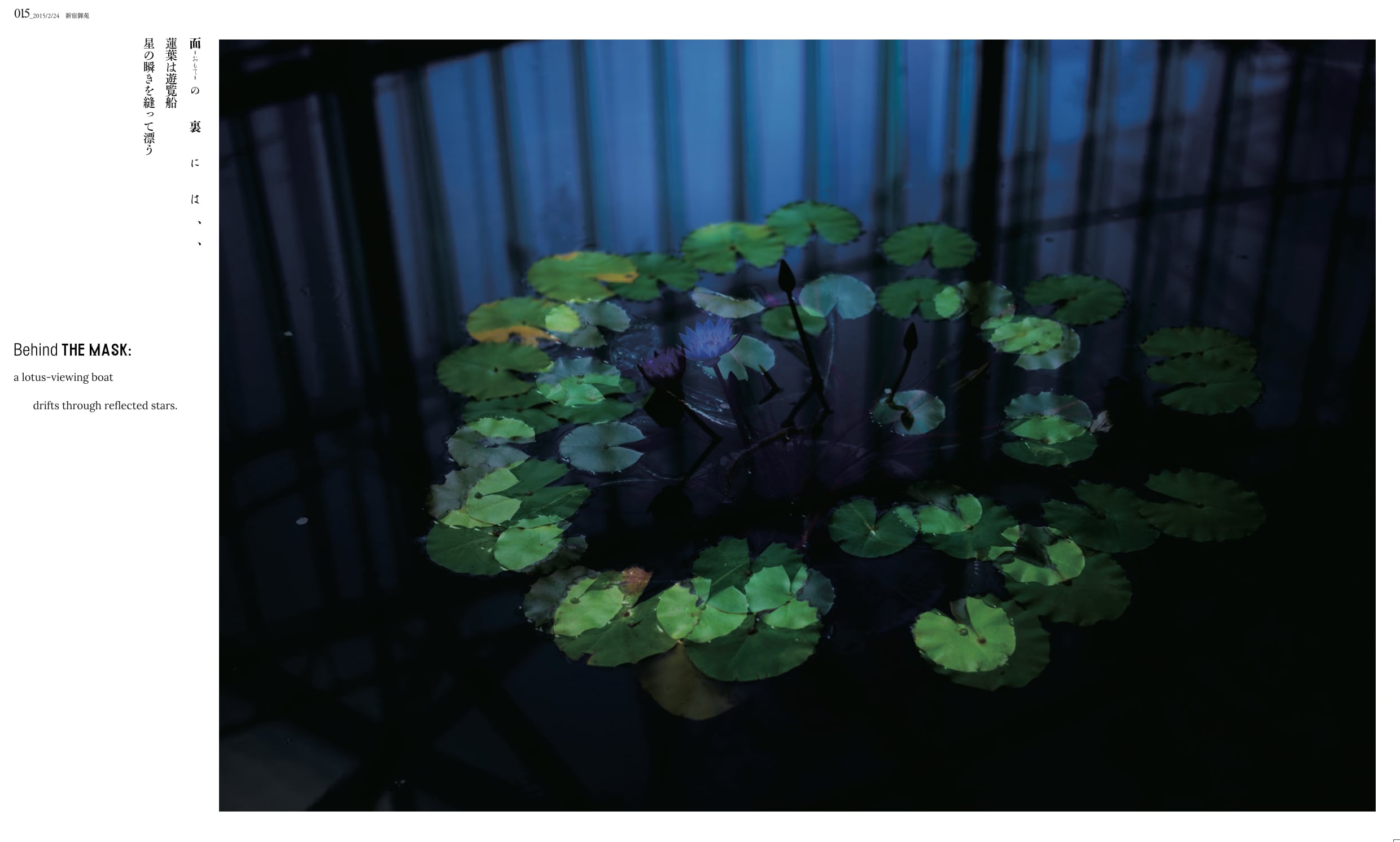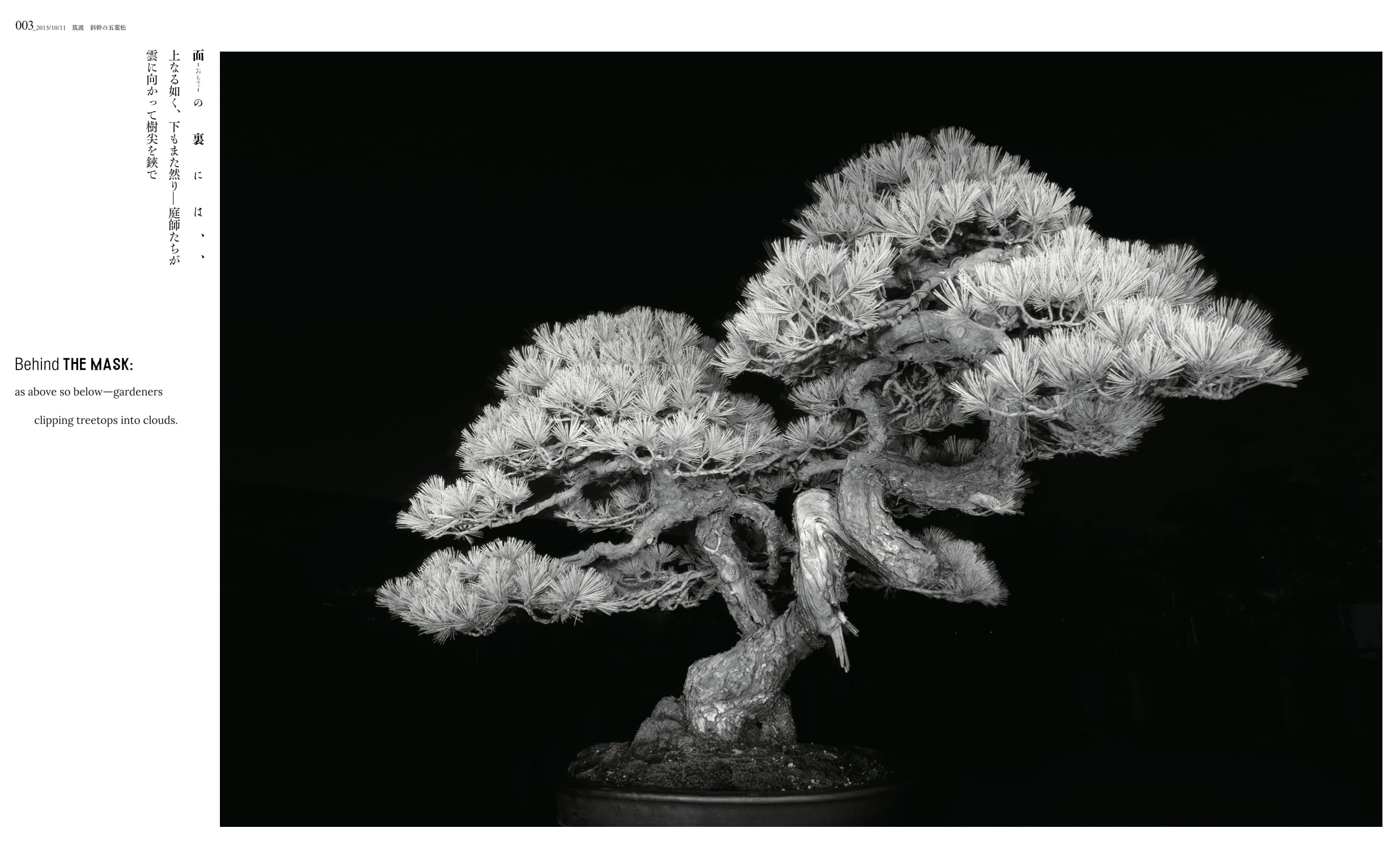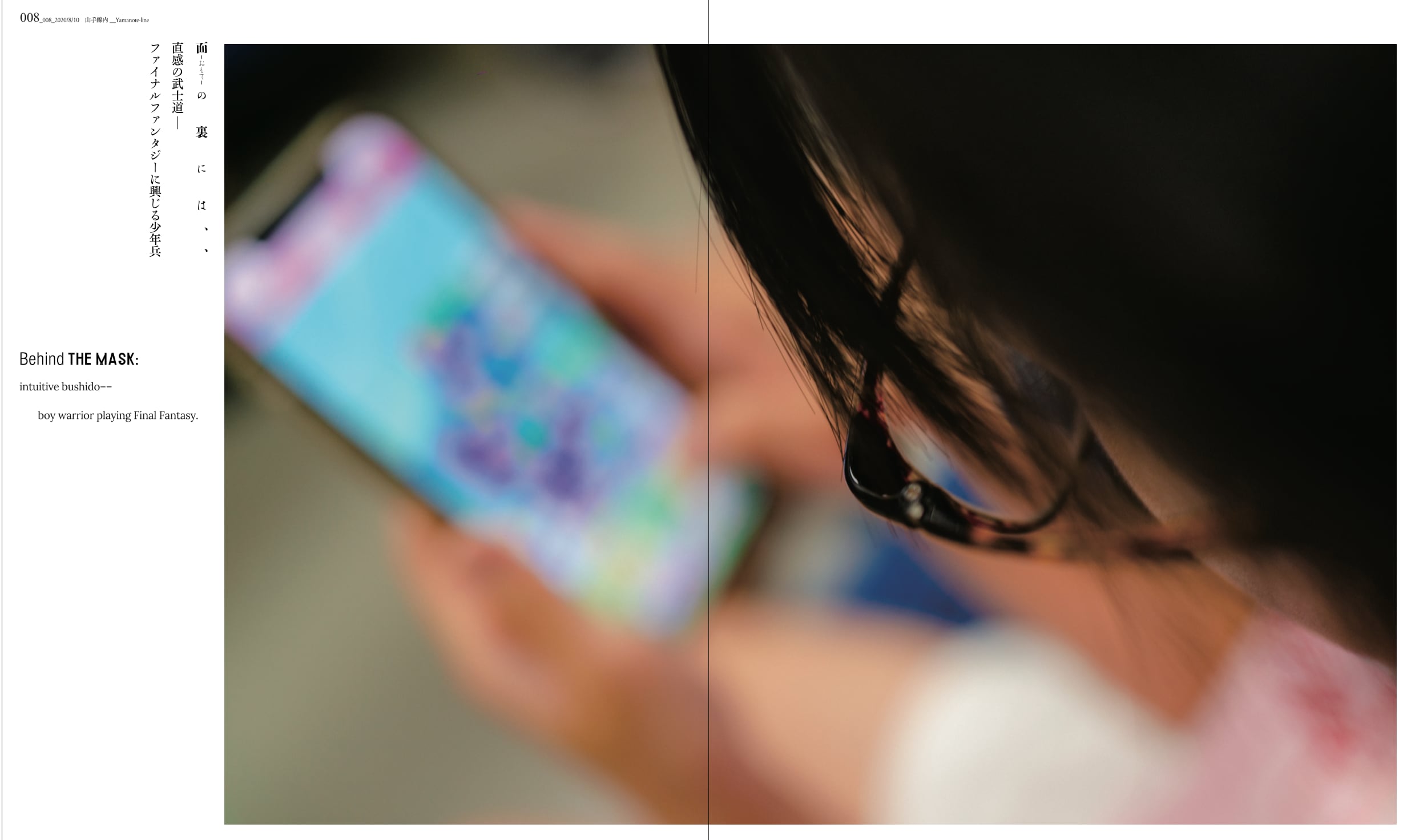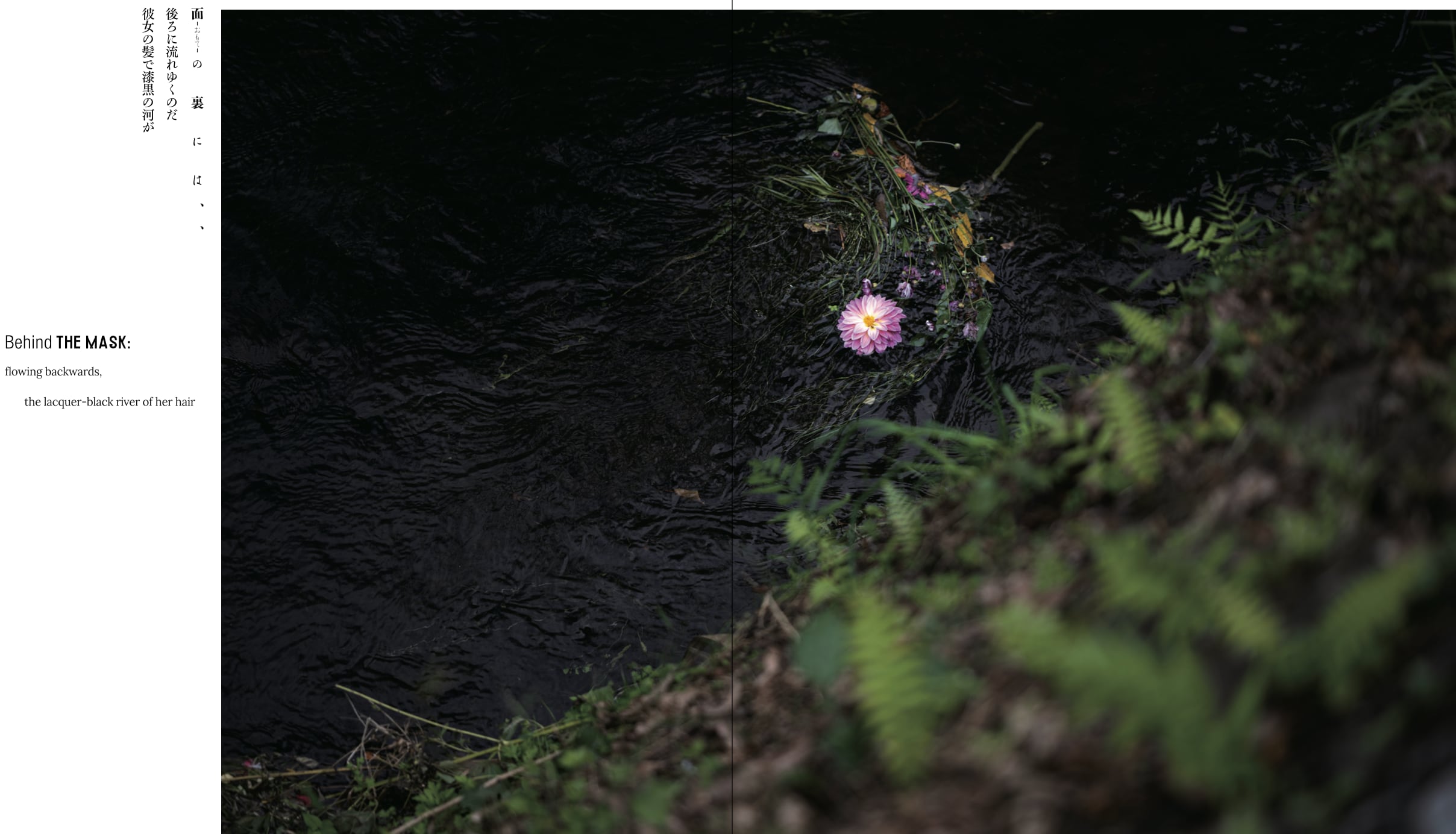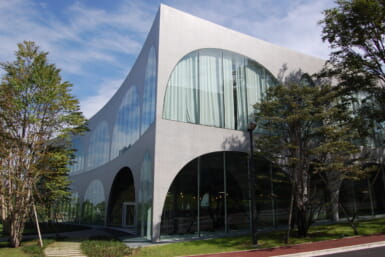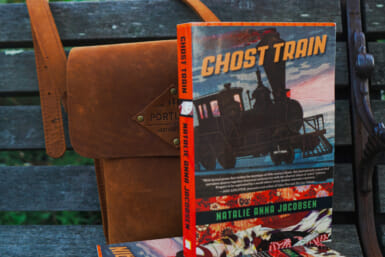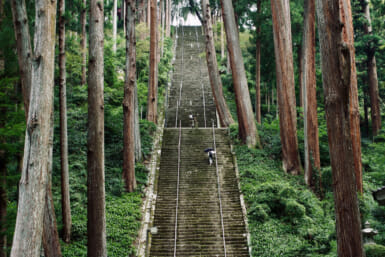A haiku and a photo are alike in that they both capture a moment, one snapshot, but can have multiple layers of meaning. Poet and lyricist Chris Mosdell collaborated with photographer Ryo Ohwada to create a book that combines both. Mosdell wrote 100 haiku first, or “neo haiku” as he prefers to call them, since there is no insistence on a seasonal keyword. Then Ohwada went to shoot photos all over Japan to capture an emotion to correspond to the poetry. The result is Behind the Mask: One Hundred Haiku, a beautiful book with full-color photo spreads and bilingual haiku, translated into Japanese by Ryoichi Ito.
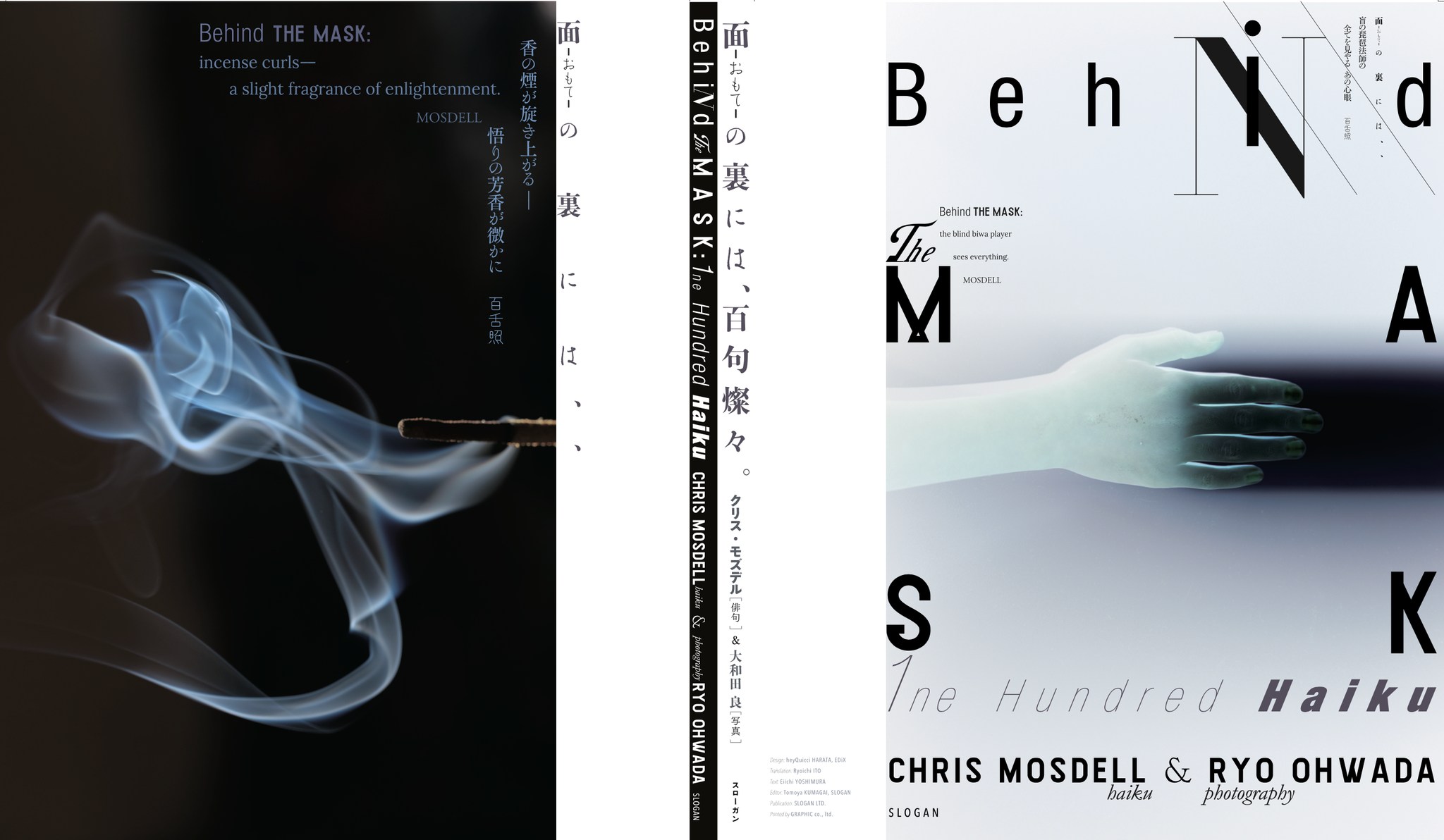
What’s Behind the Mask?
All 100 haiku in the book have the same first line, “Behind the mask,” referencing the song composed by Ryuichi Sakamoto for the Yellow Magic Orchestra. The song was covered by Michael Jackson and Eric Clapton, among many others. Mosdell shares the story behind the creation of the lyrics in the book’s foreword. Originally written for the Japanese band Bow Wow, the lyrics were requested by Yellow Magic Orchestra with Mosdell expanding them for the band. That song caught Michael Jackson’s attention and he recorded a cover demo. Sadly, that wasn’t released until 2010, after he died. In 2022, the demo he intended to include in his album Thriller, featured in the 40th anniversary edition.
The lyricist shares that originally, he took inspiration from the Japanese mask: both literally, referring to Noh masks, and figuratively, relating to the homogenization and industrialization of Japanese society. Throughout the years, Mosdell has been thinking about what’s behind the mask. There was so much more in there; “the cultural collectiveness, a nation’s traditions, historic tales, sensuosities, and the Ten Thousand things flowing through the country that have invigorated his lyrics,” says the blurb about the book on the publisher’s website. A myriad of observations led to a quiet epiphany, inspiring this mosaic of haiku and photos.
Select Neo-Haiku
The haiku in the book span a breadth of themes and extremes, much like Japan itself. There’s the divine bonsai haiku, contrasted with one about playing the Final Fantasy video game as a form of modern bushido spirit. There are geisha, neon city lights, vivid wisteria blossoms and simple black drops of ink. The first line doesn’t feel repetitive. It’s more of a refrain, an anchor in the sea of observations. The pages are textual and visual treats that can be further extrapolated. They compel the reader to stop on each haiku to savor the writing and ponder the interplay with the photo.
We’ve selected a few more haiku from Behind the Mask: One Hundred Haiku in addition to those above.
Combined with a photo of a chipped bowl, haiku 010 is an encapsulation of the wabi-sabi philosophy.
Behind the mask:
life’s wholeness —
a smashed tea bowl.
Haiku 077 is printed alongside a photo from the subway with people in black rushing past. The mask refers to the tattoo taboo in Japan and the poem is juxtaposing that with lyrical symbols such as poems and butterflies.
Behind the mask:
the assassin, tattooed with poems,
glides by as a black butterfly.
A superb example of a neo-haiku, haiku 084 bridges the old and new with urban and natural imagery. It shows the visual similarities between the vines of the morning glory and the power lines hanging above.
Behind the mask:
the morning glory stretches out to greet
its street wire comrades overhead.
Haiku 096 paints a beautiful image with a photo of colorful koi carp. Their movements take on a new meaning once you look behind the mask, beyond the surface.
Behind the mask:
carps glide —
mystic calligraphists.
About the Author and the Photographer
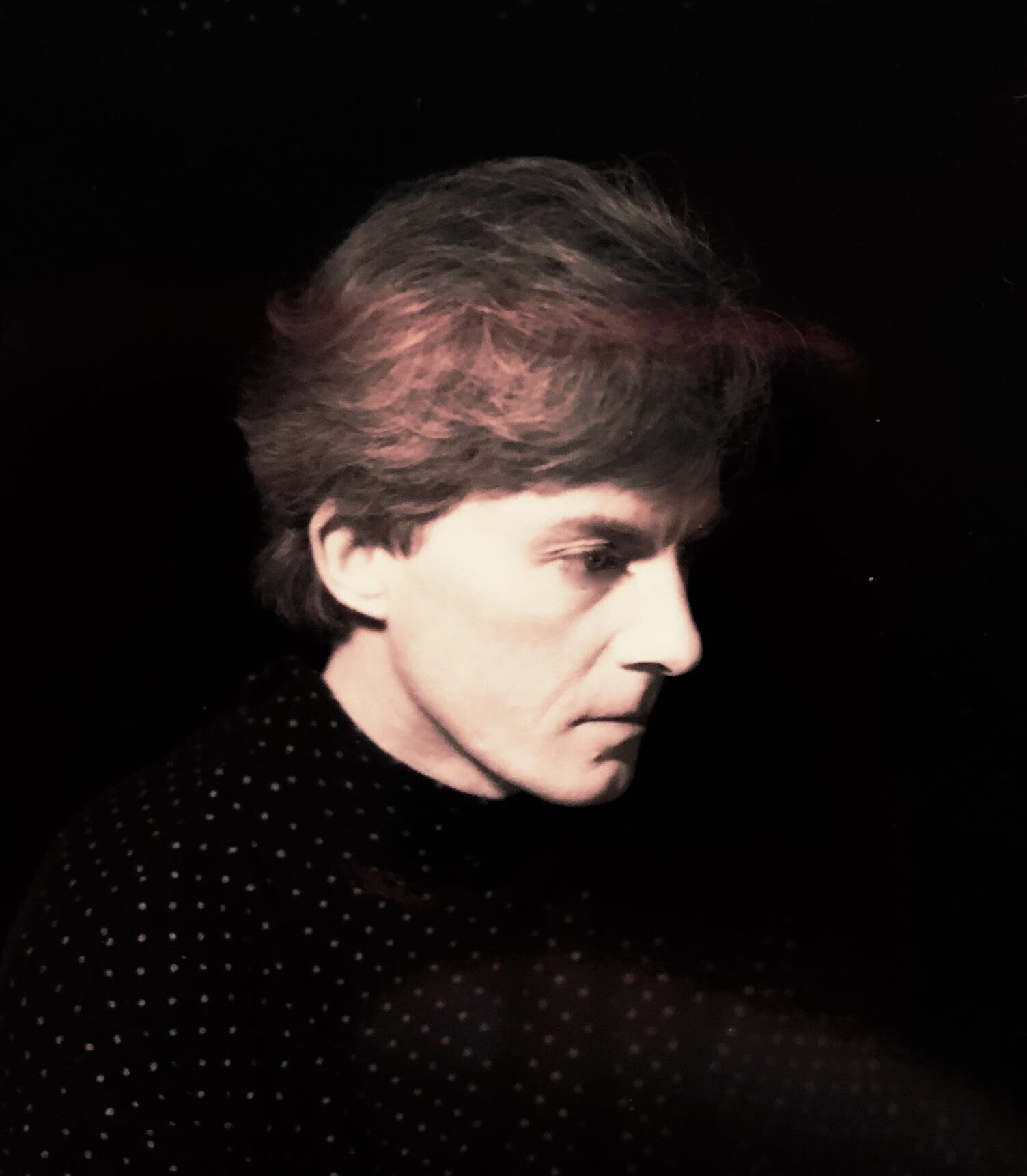
Lyricist and poet Chris Mosdell is the winner of the Yuki Hayashi-Newkirk Poetry Prize, the Tokyo Music Festival’s Gold Prize and the Grand Prize for Poetry at the Boulder, Colorado, Festival of Literature. His lyrics have been recorded by Michael Jackson, Eric Clapton, Sarah Brightman, Boy George, Ryuichi Sakamoto and Yellow Magic Orchestra amongst others, and included in the anime soundtracks to Gundam, Ghost in the Shell and Cowboy Bebop. His publications include Splatterhead: The Songlines of Chris Mosdell; City of Song: The Incendiary Arias; The Kantocles: Songs from the Atomic Aisles; The City that Silk Built and The Radicals: A Nation’s Ideogrammic Anthems.
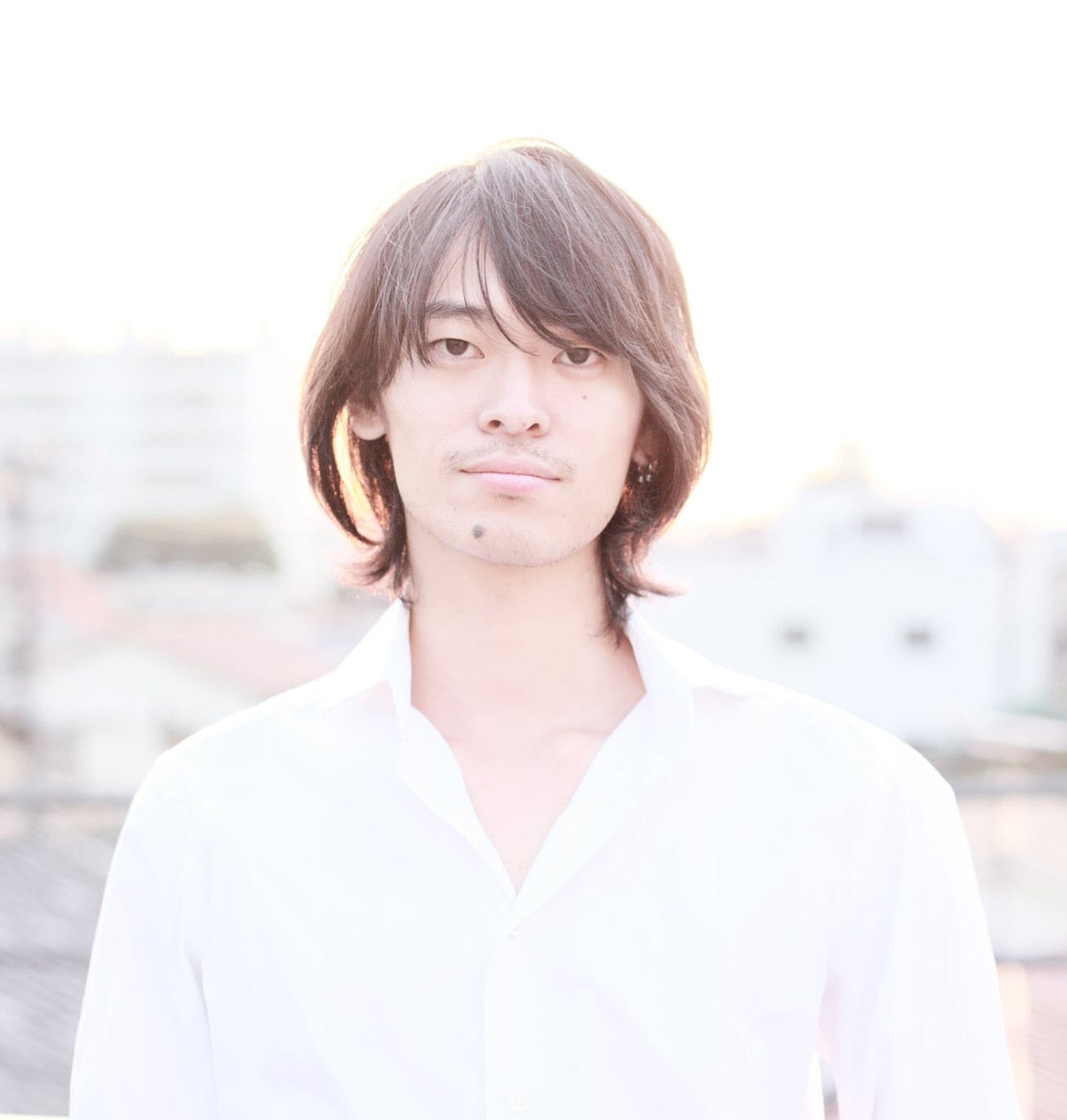
Photographer Ryo Ohwada was born in 1978 in Miyagi Prefecture. He graduated from the Department of Photography and the Graduate School of Arts at Tokyo Polytechnic University. His initial breakthrough work was exhibited at “reGeneration: 50 Photographers of Tomorrow” at the Musée de l’Elysée in Switzerland in 2005 and he was awarded the “Newcomer’s Award” by the Photographic Society of Japan in 2011. He has unveiled extensive exhibitions of his photography in and outside Japan. Published works include Prism (Seigensha), Kusamura Honzo (Kesa Publishing), Form (Shinsui Sha) and R (Kesa Publishing).
Behind the Mask: One Hundred Haiku can be purchased online.

